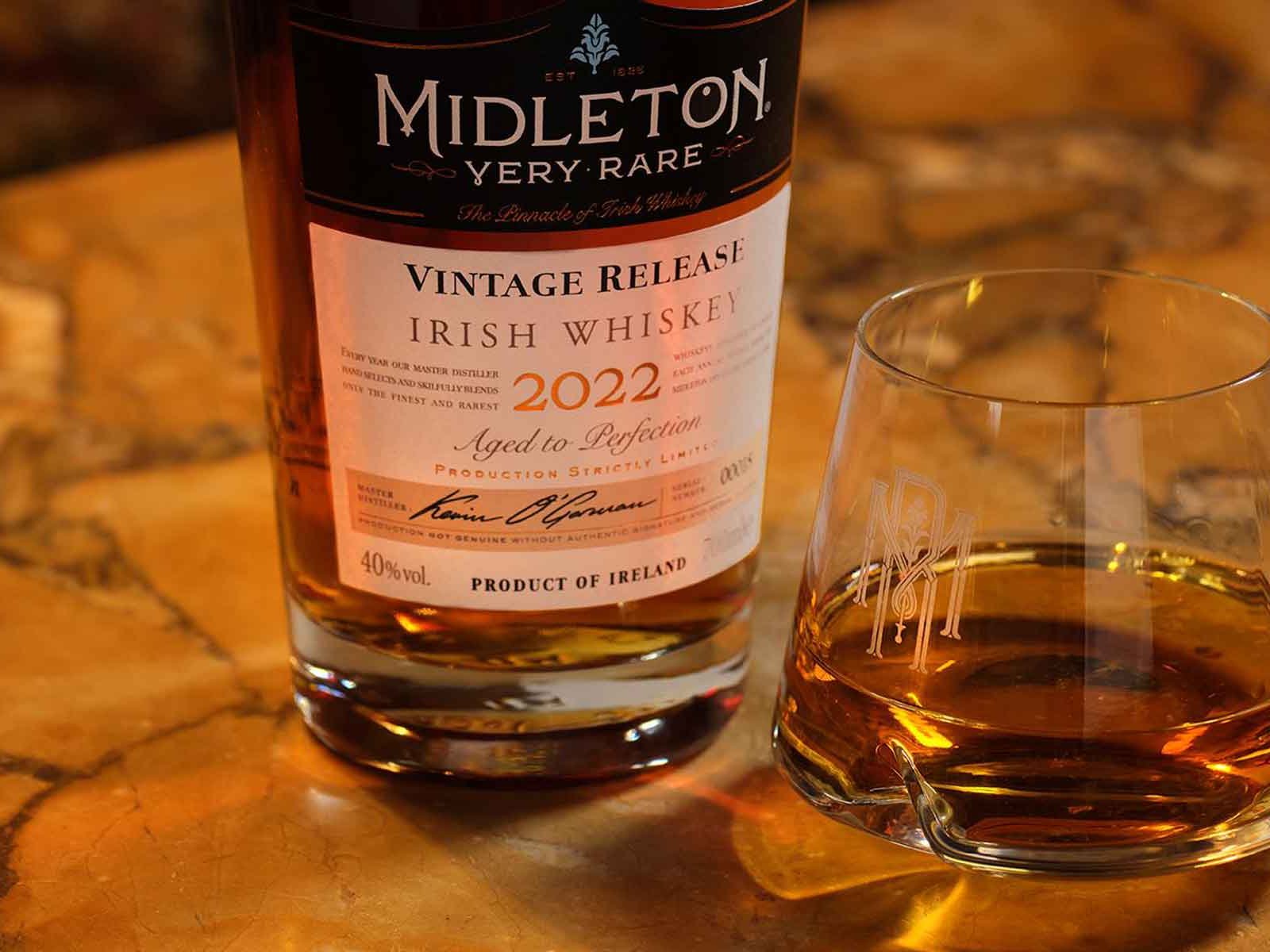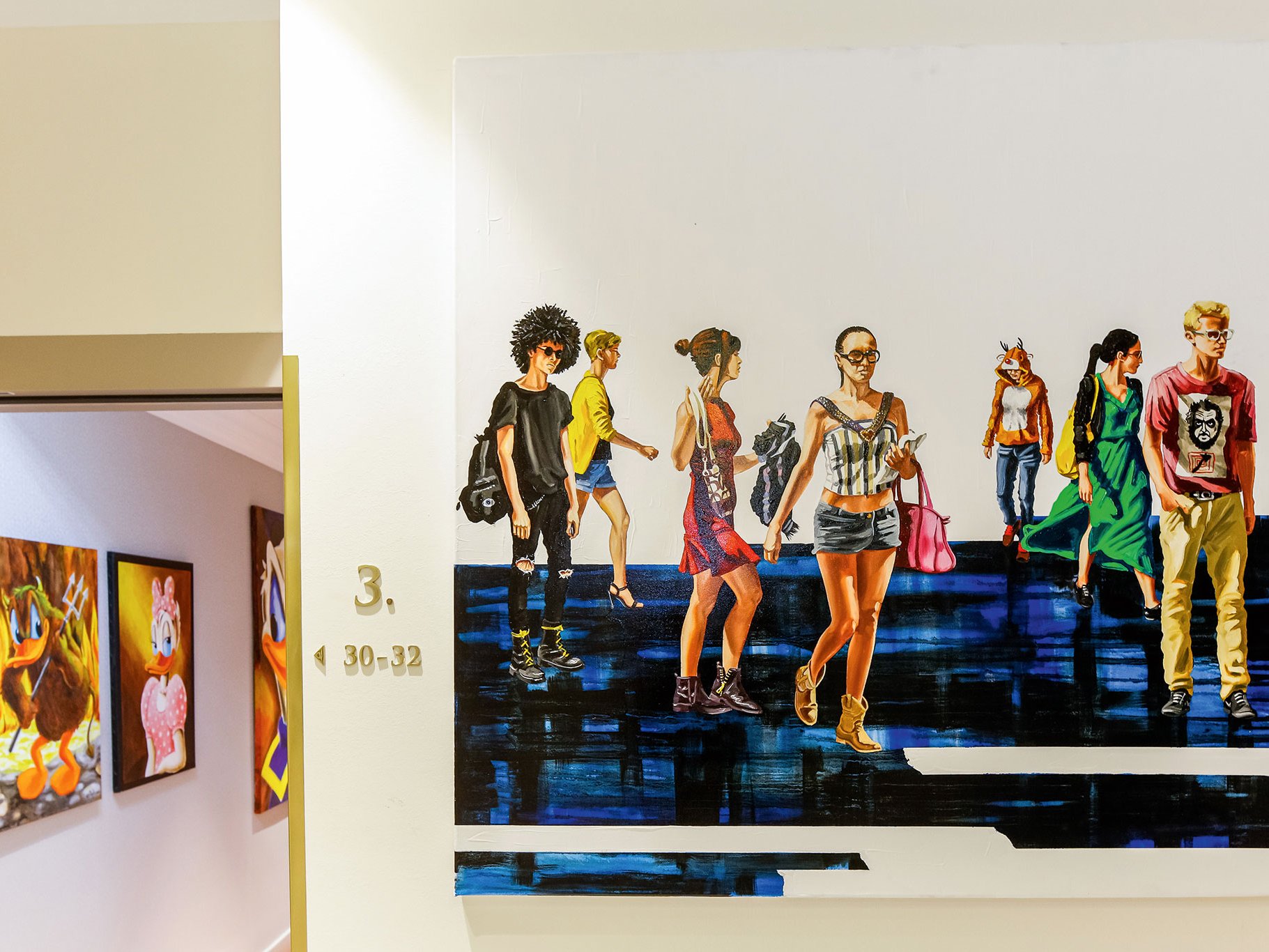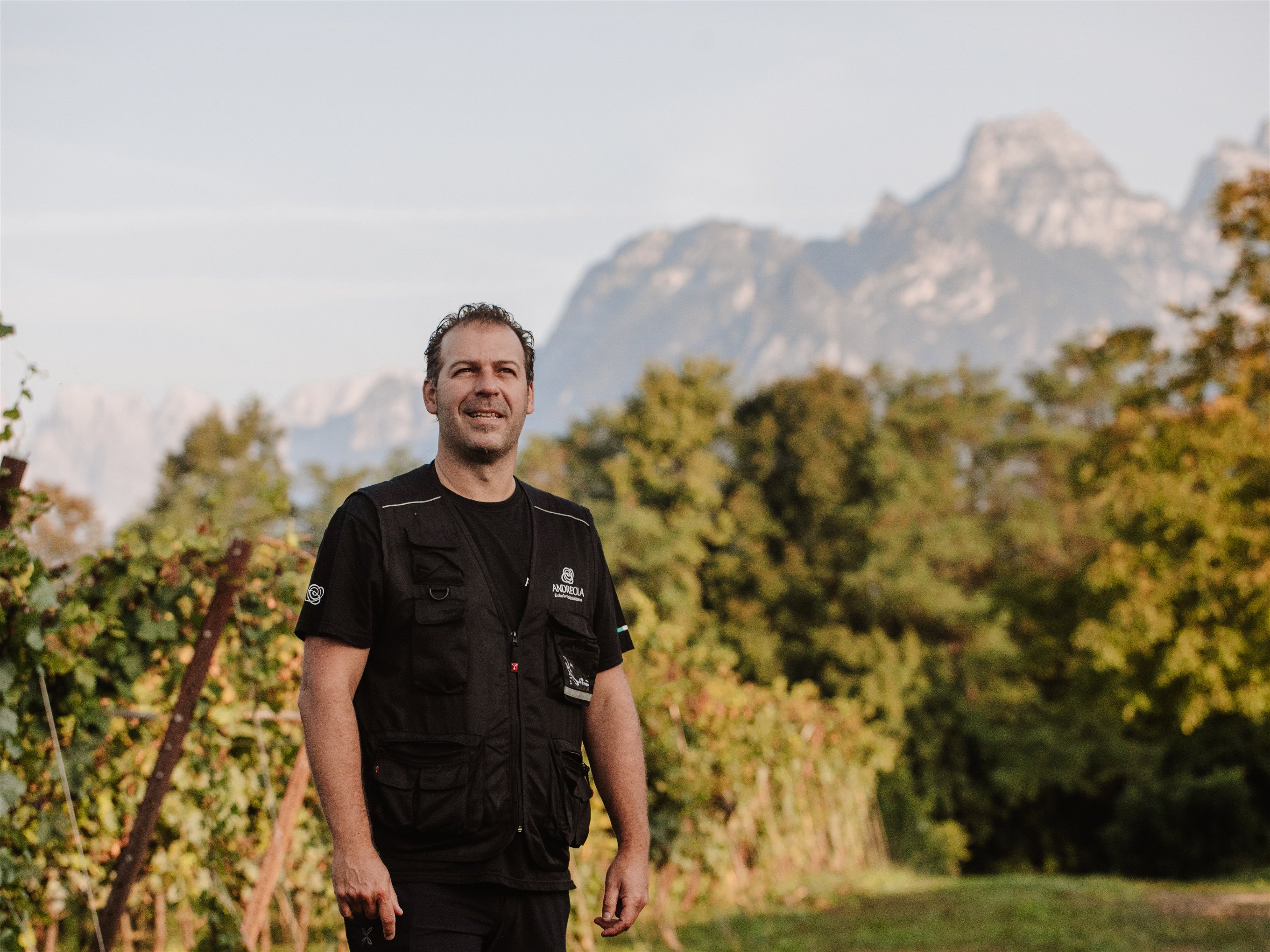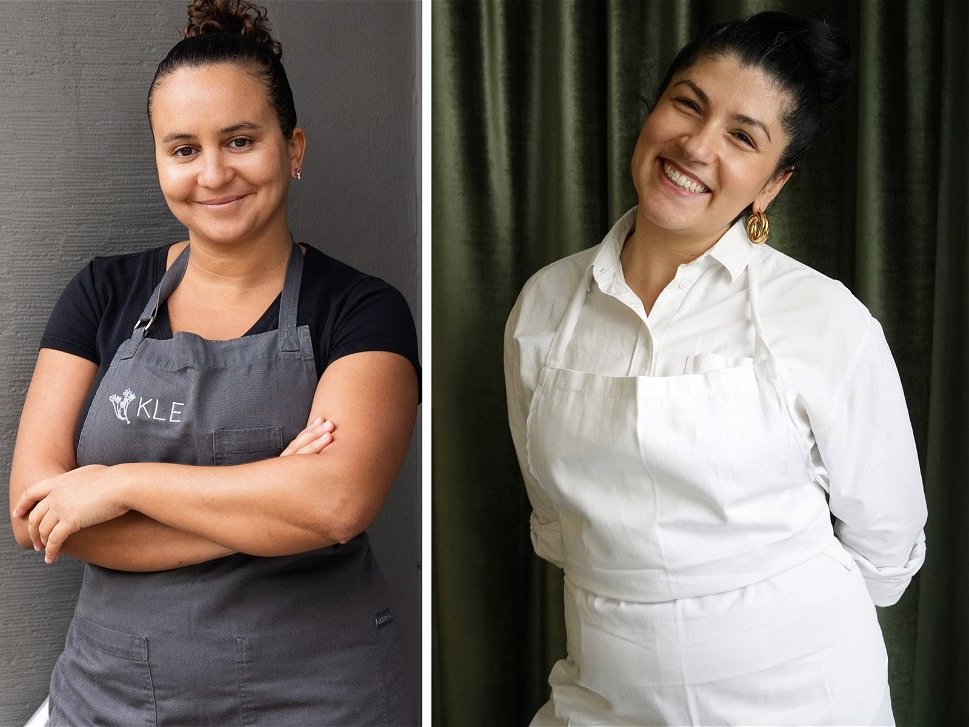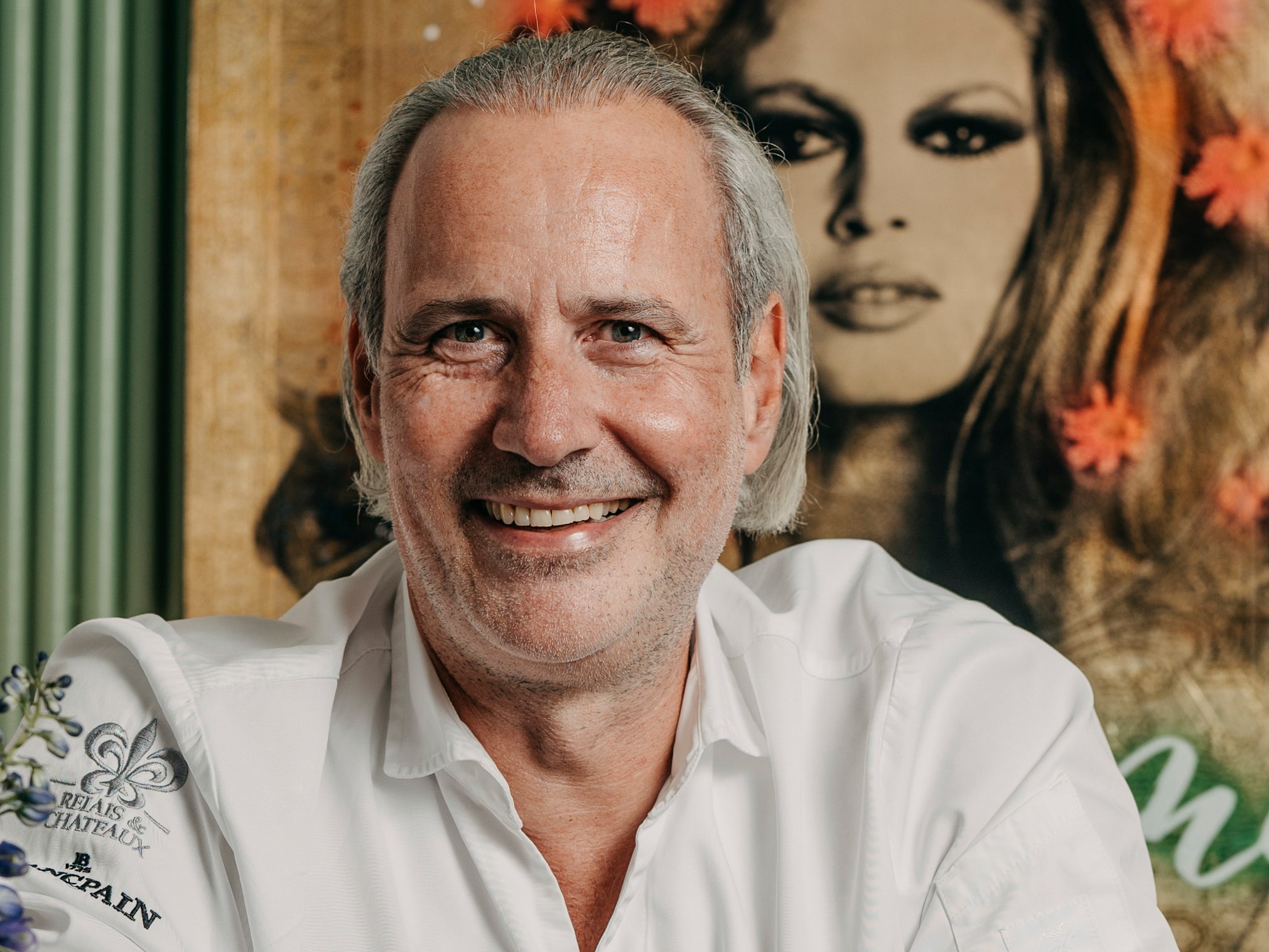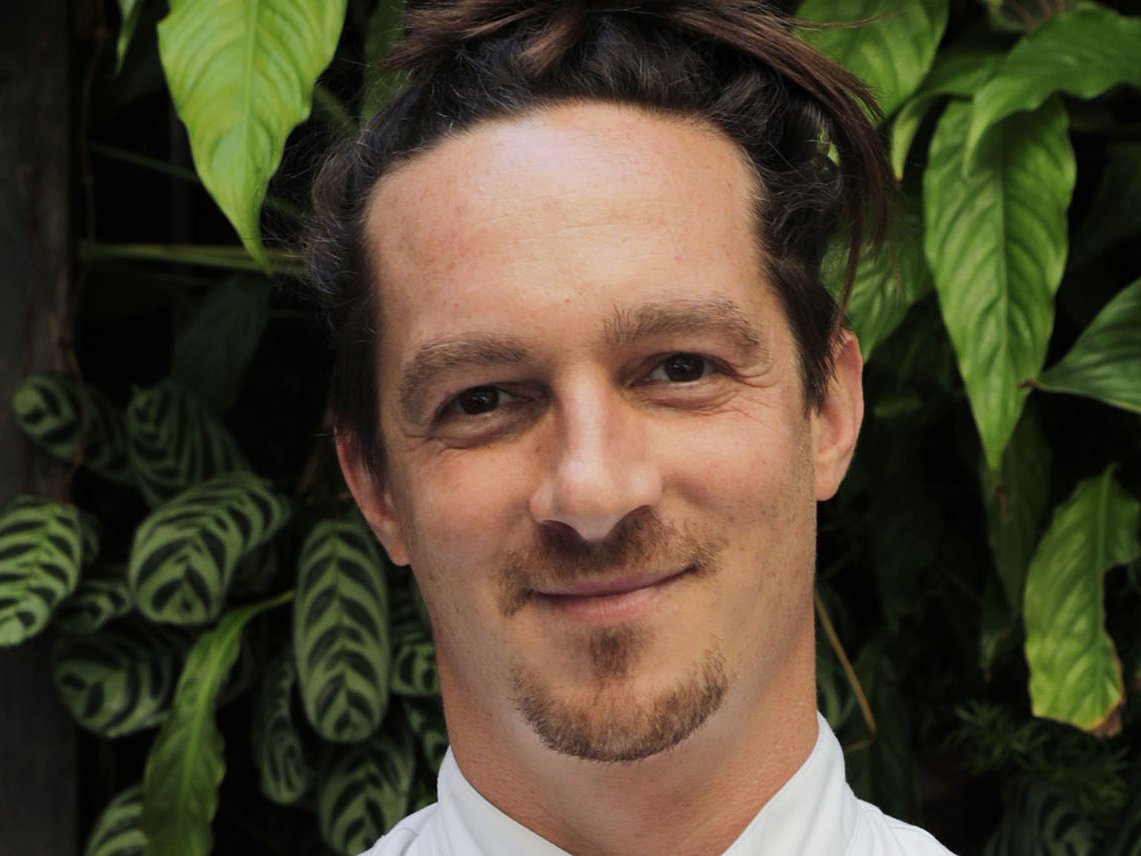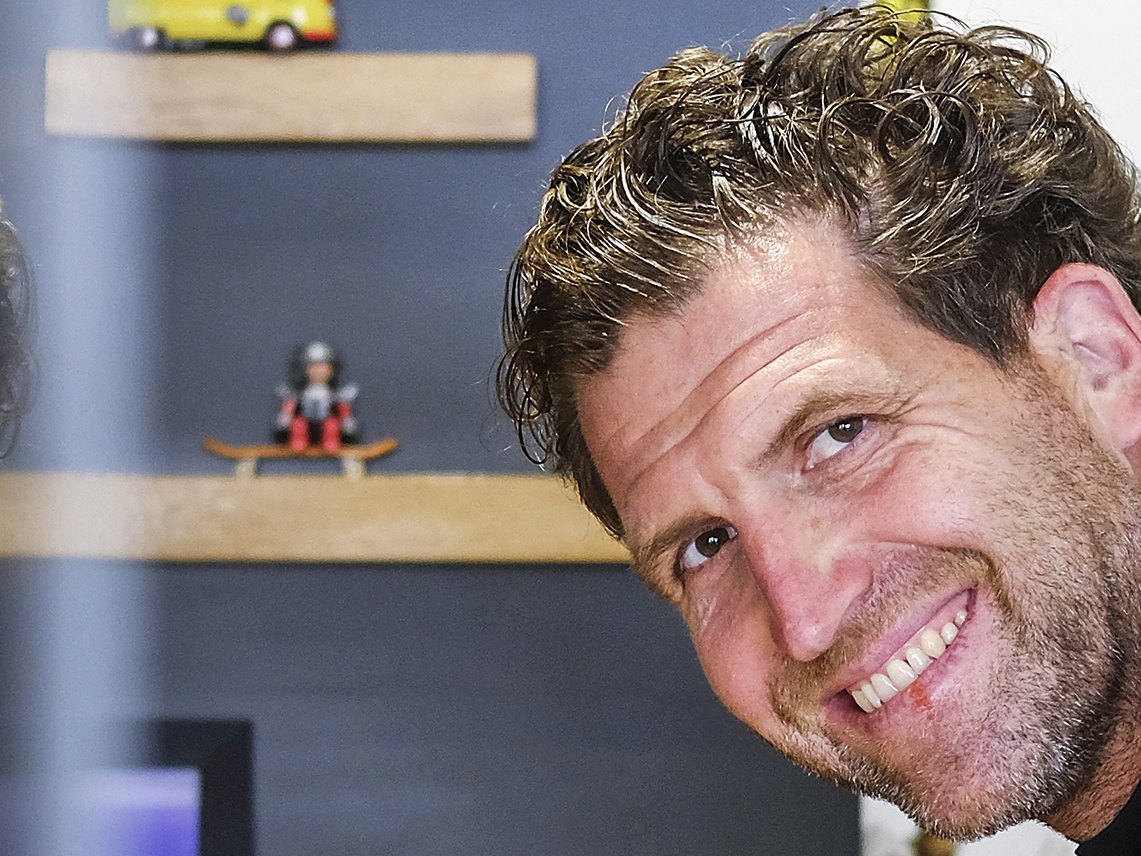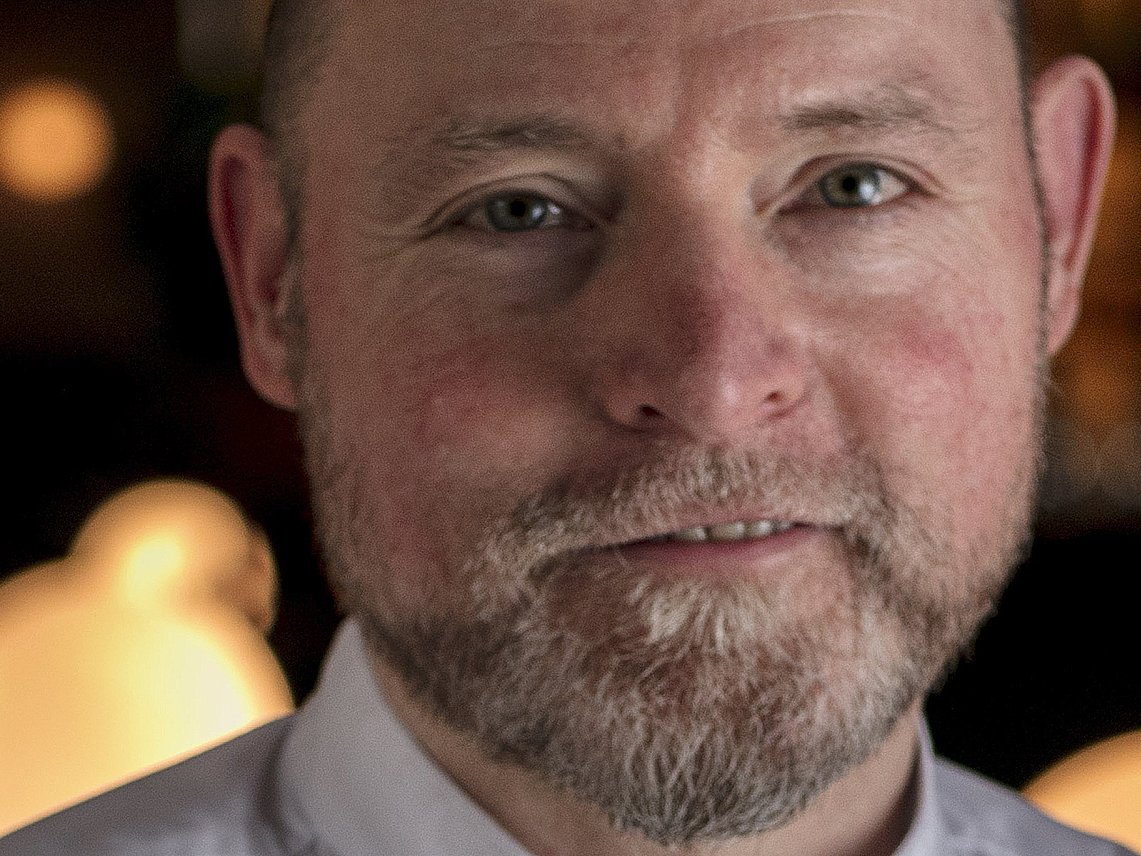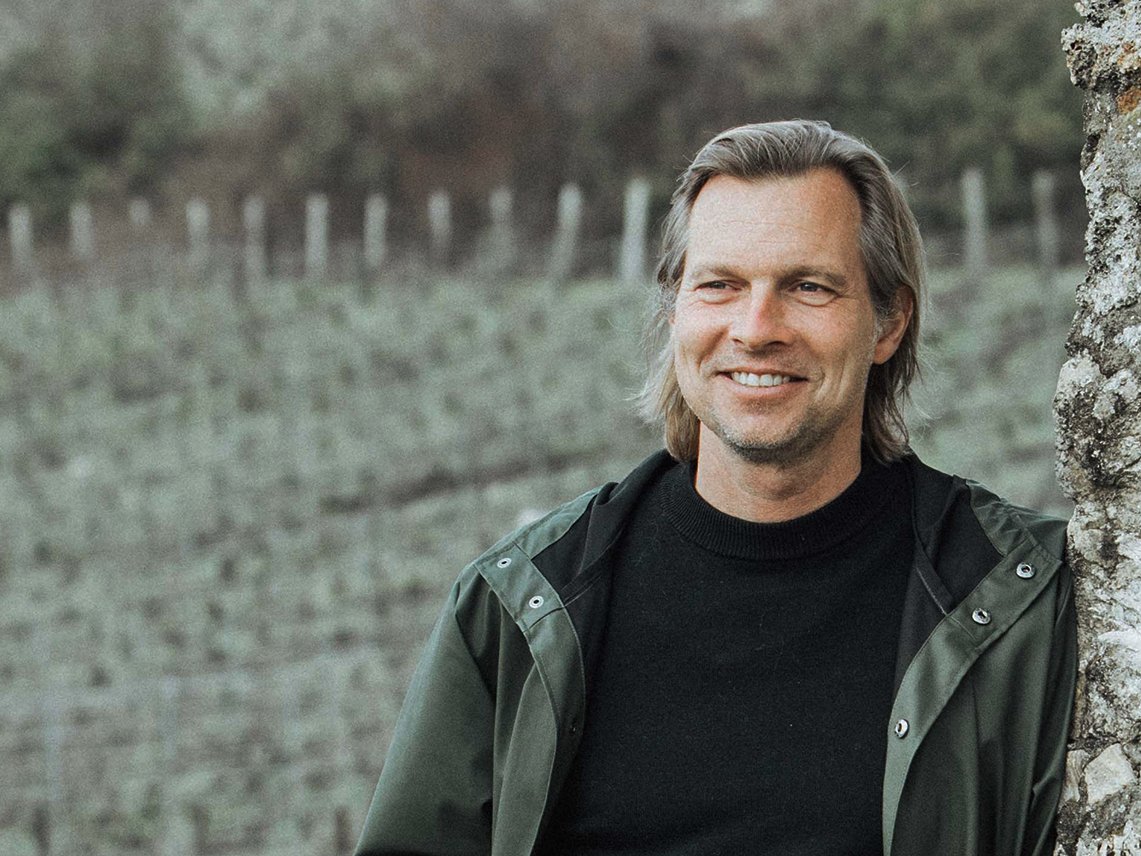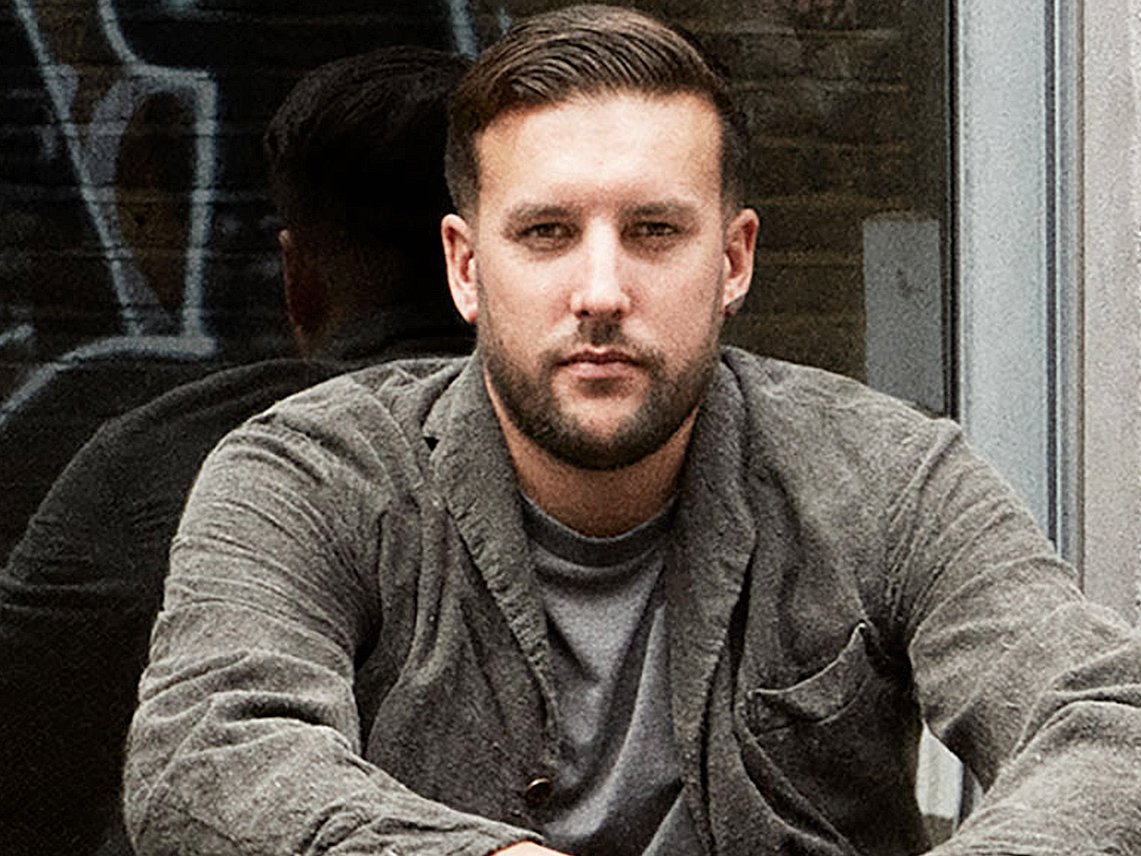Making Scents: Barney Wilczak of Capreolus Distillery, England
The founder of micro-distillery Capreolus in the Cotswolds, speaks to Falstaff about the jeopardy of wild fermentation and why it is so important for everything to be done by hand.
Barney Wilczak’s micro-distillery, Capreolus, which takes its name from the Latin for roe deer, produces coveted eaux de vie and gin. Big names in the culinary and spirits world are taking notice. Three-Michelin-starred chef, Anne-Sophie Pic, describes the spirits as “exquisite” while leading mixologist, Ryan Chetiyawardana, or Mr Lyan as he is widely known, calls them “a singularly obsessive vision and pursuit of purity.”
Falstaff: Why do you deploy wild fermentation and what could possibly go wrong with this approach?
Barney Wilczak: The elegance of having a fruit arrive that, with great care, has everything it needs for me to capture its true essence, is something that brings me great joy. Wild fermentation gives poorer yields, produces its own flavours and requires a greater relationship with the producer and understanding of the fruit. However, the results are much more complex, expressive and connect so directly to the local orchards where our fruit grows.
Describe your distillery location, apparatus and why it is so fit for your intended spirits?
In contrast to the grandeur where they end up, the distillery is based in my childhood home in the Cotswolds; the stills are in the old lean-to greenhouse; the double garage and a bedroom are excise warehouses, and we currently process around 30 tons of local fruit in the garden each year. Our fruit still is built to my design for quality over yield – clothed in a bain-marie it is incredibly gentle, but its unique design means there are no instructions – adjustments are a purely sensory experience where I taste for texture, weight and expression in these essences we preserve.
What makes the homegrown fruits you use better than potentially riper imports?
I’m not sure I subscribe to ‘better and best’. What does interest me is that by drawing a 50-mile radius around our distillery we get to work with fruits endemic to this area, that were selected to express in our climate and have potentially been grown here for 2,000 years. A cooler maritime climate means that despite reaching full aromatic ripeness we have lower sugar levels, resulting in greater compression, tension, complexity and elegance. This characteristic identity showcases the terroir of our area.
Are you bottling a landscape?
This is something that I talk about and forgive myself my own pretensions! When you are compressing the pure essence of up to 45kg of fruit into a single litre (around 47 times the concentration of grain in a whisky) you find not only the primary record of the flavour of that fruit. Flavours normally imperceptible in the raw fruit are elevated through compression to a detectable level. This evokes every single detail and brings you closer to the parent plant or tree alongside the influence of soil and climate – I often describe them as being more of the orchard than the fruit – amazingly transportive. Of course, any flaws are magnified and this means meticulous checking of every single berry, quince, damson or pear.
Do you ever age your eaux de vie?
It’s a common misconception that clear spirits are unaged. All of our eaux de vie are aged for anywhere from nine months to five years or more. What we see is the transformation of fatty acids with ethanol to create new aroma compounds and flavours. After a year we see a real peak in this and a stability from this point onwards.
Describe your approach to labelling, from using a letterpress to handwritten details – and why do you use red ink for the latter?
I am fortunate to make my own fantasy products and the packaging follows suit; handprinted letterpress labels, handwritten with dip pens, hand applied, natural cork, UV proof glass, etc. As far as ink colour goes, it was a choice to make those details of vintage and bottle number stand out. It’s a mark of respect for our own work and the rarity it dictates.
Might you need to sell on allocation given the rising demand for your wares?
For a tiny distillery we have been lucky enough to find friends at stunning restaurants in various countries including the UK, France, Germany, Denmark, Italy and Australia and will be adding the USA very soon.
Working in this very local way means that our eaux de vie will always be very finite in number. Allocations are something we are certainly facing now and can only see this becoming more of an issue – one of the realisations I have had over the years is that certain ways of working can only be done at a smaller scale. With a glass shortage we are sitting on our hands for the next three months.
98 POINTS
- Capreolus Raspberry Eau de Vie 2020
"Around 30kg of our locally grown raspberries go to produce each litre of this incredible eau de vie", says Wilczak. "Slow fermentation of their natural sugar and triple distillation captures their enormous vitality."
Pouting rose, even Turkish Delight meets afternoon sun warmed wild raspberry bush fruit nose with blooming, developing, extensive, generous finish soothed by resolved lemon notes and a little mint. 375ml, 43% ABV, £120/$156
97 POINTS
- Capreolus 1,000 Trees Apple Eau de Vie 2019
"An extraordinary orchard: 1,000 varieties grown as 1,000 trees. A genetic treasure trove provides us with an annual field blend," says Wilczak. "Organic, wild fermented, expressing a single season & the preservation of the near lost." Subtle, complex nose of unpolished apple skin, then moreish, rich coherent juiciness. 375ml, 43% ABV, £55/$72
96 POINTS
- Capreolus Perry Pear Eau de Vie 2020
"Exclusively endemic varieties, all originally bred within 30 miles of the distillery," says Wilczak. "They wear their ancestry – much closer to the wild pear than the domestic fruit we normally encounter. A true expression of locality and heritage." Sweet, come-hither nose of fully ripened pear and pear blossom and real vanilla followed by vanilla pear pudding and pear sorbet on the palate. 375ml, 43% ABV, £55/$72
95 POINTS
- Capreolus Damson Eau de Vie 2019
"The Damascene or Damson is a plum that seems to express its wild and exotic nature in its very appearance and flavour," says Wilczak. "A single orchard protected from late frosts by the moderating influence of the River Severn. Gently sieved of their stones moments before distillation to retain balance and integration." Lively, layered nose with tzatziki notes then integrated hints of cocoa, raw almond and dill. 375ml, 43% ABV, £100/$130
- Capreolus Siegerrebe Grape Eau de Vie 2018
"Near impossible to spell, our locally grown Siegerrebe grapes (Gewürztraminer x Madeleine Angevine) are fermented and distilled from freshly pressed skins as with the highest quality grappa and marcs, to capture this moment of power and elegance, perfume and flavour," says Wilczak. Evocative of artisan grappa, fresh parsnip and celeriac and rose garden join together on the nose followed by a plump, viscous palate with nectarine, lychee, antique wood and incense. 375ml, 43% ABV, £55/$72

